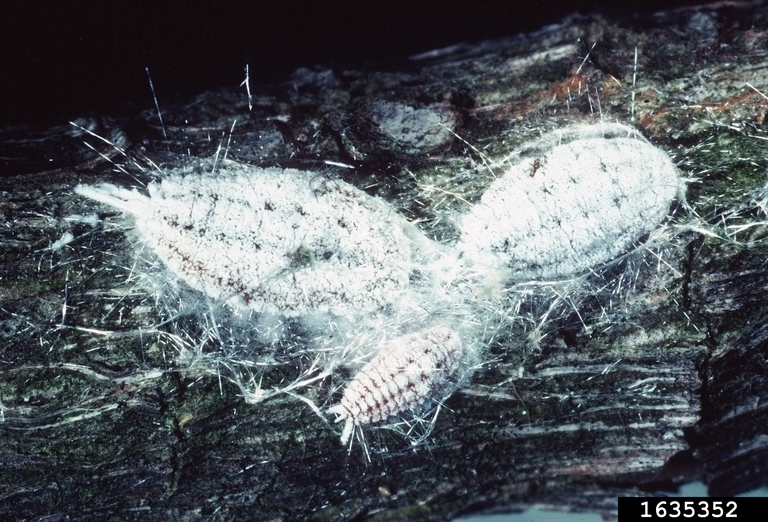Black pepper
Description
Black pepper, Piper nigrum, is a climbing perennial plant in the family Piperaceae. It is mainly grown for its fruit, which is processed to create black, white, and green peppercorns, commonly used as a spice in cooking.
The plants of black pepper may have either vining or bushy, woody stems.The plant features simple, alternating leaves with an oval shape and produces clusters, or spikes, of 50 to 150 flowers. These flowers give rise to small, spherical green fruits that ripen to red.
Each stem has the potential to produce 20-30 of these spikes. While black pepper can grow to a height of 10 meters (33 feet) in the wild, under cultivation, it is usually maintained at a more manageable 3-4 meters (10-13 feet). Black pepper is a perennial plant with a lifespan of over 30 years, and it typically has a commercial lifespan of 12–20 years. This versatile spice is native to south and southeast Asia.
Crop Details
Scientific Name: Piper nigrum
Common Name: pimentero (Sp); poivrier (Fr); pimenteiro (Portuguese).
Uses & Benefits
Pepper is one of the oldest classic spices and is used as an ingredient in many spice mixtures, such as curry. Black pepper, white pepper, and green pepper all derive from the piper nigrum plant. The distinct types of pepper are obtained by harvesting at different stages of ripeness and applying different processing techniques.
Black pepper plants are cultivated to produce black, white, and green pepper. The processing methods vary for each type:-
Black pepper is the result of drying the fruit to produce the familiar black peppercorns.
White pepper is produced by soaking the fruits in water for about a week to recover the seed from the decomposed fruit.
Green pepper is produced by drying unripe fruit in a way that retains its green color. Green peppercorns are often preserved by pickling.
Pepper seeds contain various components, including essential oil, piperine, chavicine, piperidine, fatty oils, resin, starch, and water. The alkaloid piperine is primarily responsible for the sharp taste associated with pepper.
Black pepper packs vitamins (K, E, A, B) and minerals (manganese, copper, iron) for bone health, immunity, energy, and more.
Varieties of Black Pepper
Among the numerous pepper varieties, only a select few are important as spices. These include:
Black pepper hails from India, Malaysia, and Indonesia.
Bengal pepper originates in the mountainous regions of the lower Himalayas.
Java pepper is native to Malaysia and Indonesia.
Ashanti pepper is indigenous to tropical Africa.
Kubeben pepper is found in Indonesia and Malaysia.
Propagation
Basic Requirements
Black pepper (Piper nigrum) thrives in specific climatic conditions, which are crucial for its successful cultivation. Black pepper grows best in well-draining soils rich in organic matter.
The ideal soil pH for black pepper is around 5.5 to 6.5. It requires good soil aeration and texture for healthy root development. Black pepper is a tropical crop and prefers warm temperatures. The ideal temperature range for black pepper is 23°C to 32°C, with an average of 28°C. Adequate spacing is crucial for black pepper vines to grow well.
Typically, black pepper vines need about 3-4 meters of spacing between them, as they are climbers and require room to spread and climb. Black pepper plants require partial to full sunlight for healthy growth.
Growing from Seed
Black pepper can be propagated using three main methods: dry seeds, cuttings, or stolons. Cuttings are the most common method for commercial production. They are typically taken from the secondary runners of the plant and should have one or two leaves. These cuttings are rooted in a seedbed and then transplanted when the plant has 4-7 new leaves.
In cultivation, a trellis is used to support the plant, and the trellis should be at least 4 meters (13 feet) high. When planting, black pepper should be spaced at 8 × 8 meters (26 × 26 feet), meaning 8 meters between individual plants and 8 meters between rows.
General Care and Maintenance
Choose a suitable location with well-draining soil and partial sunlight. Plant black pepper vines in rows or on trellises, allowing them to climb. Maintain consistent moisture, as pepper plants prefer slightly damp soil. Avoid waterlogging, which can harm the roots.
Pests like aphids and scale insects are rampant; keep an eye on them. You can remove dead or diseased branches to avoid diseases. You will have to treat diseases like root rot promptly.
Apply a balanced fertilizer with micronutrients regularly. Use organic matter to enrich the soil. Trim and prune the vines to encourage bushier growth.
Harvesting
Harvest black pepper when the berries turn from green to red or yellow, depending on the variety. Avoid picking unripe or overripe berries. Handpick the berries or use tools like shears for larger harvests. Be gentle to prevent damaging the vines.
Thresh the berries to separate them from the stems. Blanch, dry, clean, grade, and package the peppercorns for market distribution.
References
Anandaraj, M. & Sarma, Y. R. (1995). Diseases of Black pepper (Piper nigrum L.) and their management. Journal of Spices and Aromatic Crops. 4 (1): 17-23. Available at: http://220.227.138.214:8080/dspace/bitstream/123456789/150/1/Vol.IV%2BNo.1%2B. [Accessed 07 November 14]. Free to access.
CABI Crop Protection Compendium. (2008). Piper nigrum datasheet. Available at: http://www.cabi.org/cpc/datasheet/41374. [Accessed 07 November 14]. Paid subscription required.
Nelson, S. C. & Cannon-Eger, K. T. (2011). Farm and forestry production and marketing profile for Black pepper (Piper nigrum). In Elevitch, C. R. (ed.). Speciality crops for Pacific Island agroforestry. Permanent Agriculture Resources (PAR). Available at: http://www.agroforestry.net/images/pdfs/Black_pepper_specialty_crop.pdf. [Accessed 07 November 14]. Free to access.














